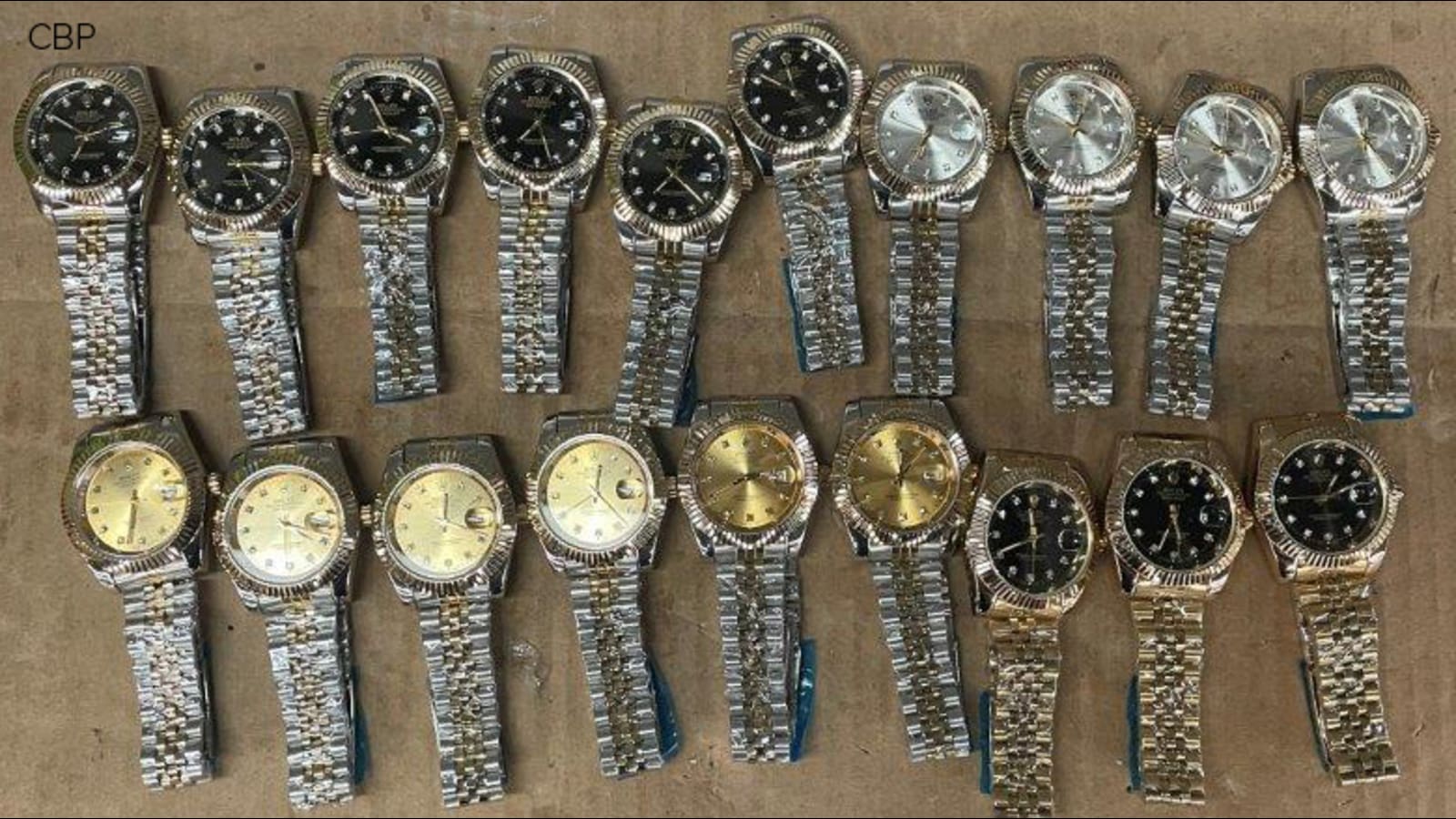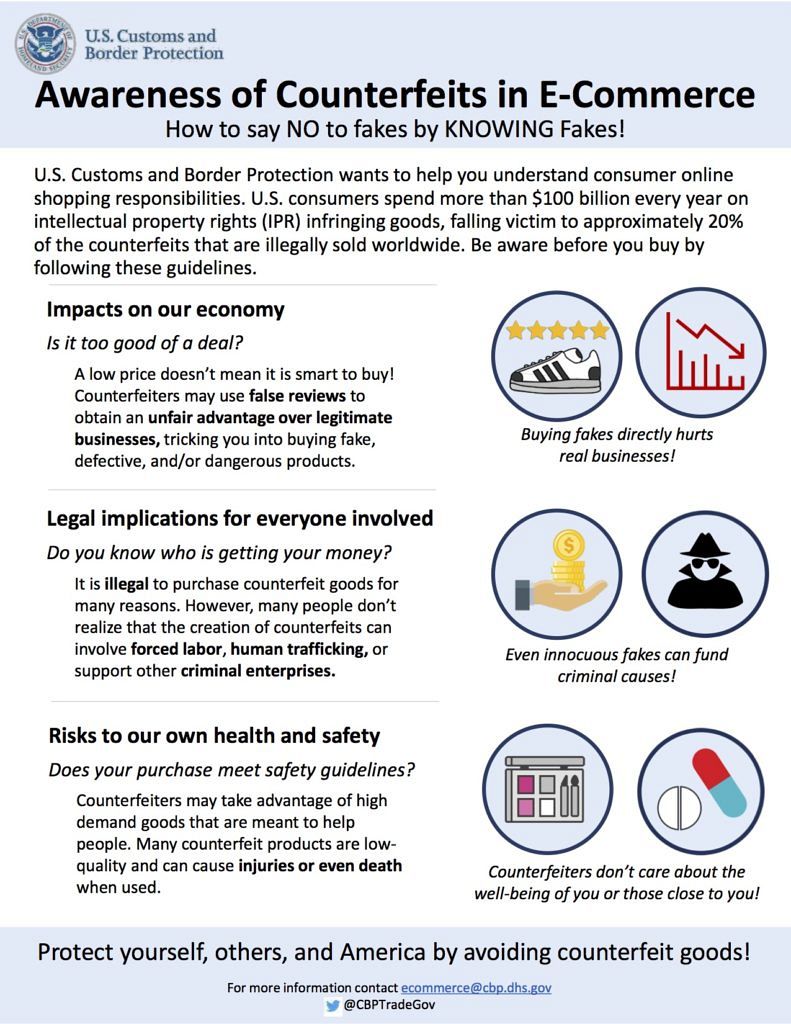US Customs and Border Protection seize fake Rolex watches at JFK airport
Time+TideU.S. Customs and Border Protection officers have seized a stash of counterfeit Rolex watches at John F. Kennedy International Airport. While inspecting a shipment from Hong Kong, CBP officers discovered the Rolex watches that would have been worth almost $300,000 USD had they been genuine.
The officers referred all seizure information to CBP import specialists to verify the authenticity of the merchandise and to confirm possible trademark violations. As soon as the shipment of 19 Rolex watches was confirmed to be fake, the shipment was confiscated to keep the watches off the streets.
“This most recent interception of counterfeit watches demonstrates the ongoing vigilance and commitment to our Agency’s mission by our CBP officers and import specialists,” said Marty Raybon, Acting Director of CBP’s New York Field Office.
CBP protects businesses and consumers through an aggressive Intellectual Property Rights enforcement program. In the last financial year, the CBP seized 26,503 shipments containing counterfeit goods that would have been worth nearly $1.3 billion USD had they been genuine.
Intellectual property experts Smart Protection reports that up to 400 million fakes watches hit the global market each year, with an estimated value of one billion US dollars.
On the back of this latest seizure, the CBP advised the following steps for consumers wishing to protect themselves from buying fake goods:
1. Purchase goods directly from the trademark holder or from authorized retailers.
Fake watches are generally found in exactly the sort of places that you’d expect to find fake watches. If you’re in a Bangkok market that Swiss watch is unlikely to be legit.
2. When shopping online, read seller reviews and check for a working US phone number and address that can be used to contact the seller.
This is the time-honoured advice: buy the buyer. Do your due diligence and make sure the vendor you’re buying from checks out.
3. Review CBP’s E-Commerce Counterfeit Awareness Guide for Consumers.
OK, so this isn’t exactly rocket-science but it’s worth reminding yourself of these basic principle to avoid a fake. Forewarned is forearmed.
4. Remember that if the price of a product seems too good to be true, it probably is.
Those stories about stumbling upon a barn find or picking up a vintage prize in the local second-hand shop don’t come around often. Treat any eye-popping bargain with healthy scepticism.






